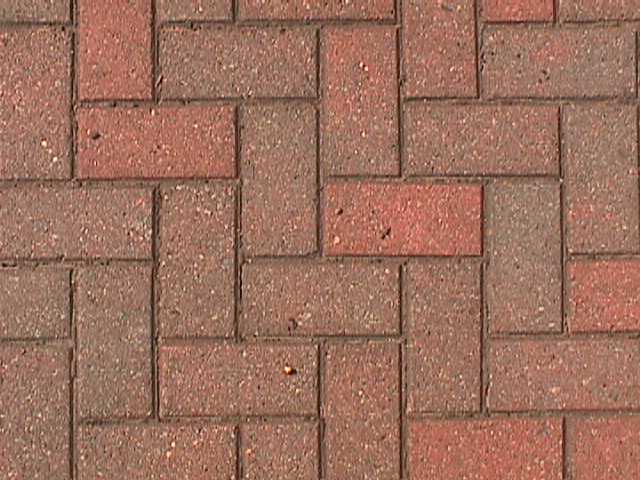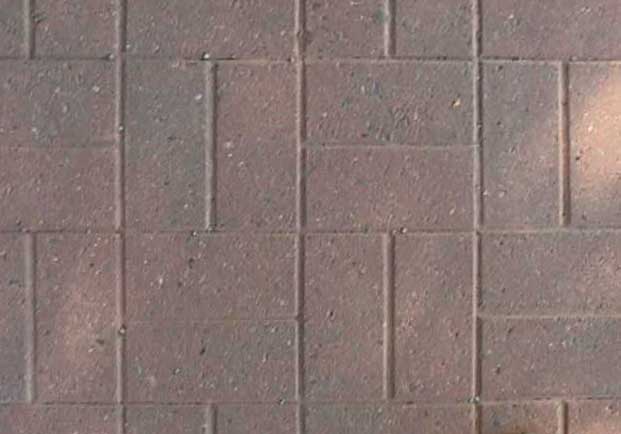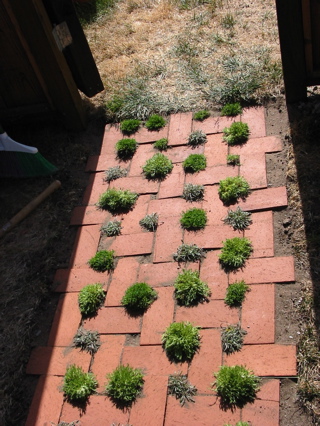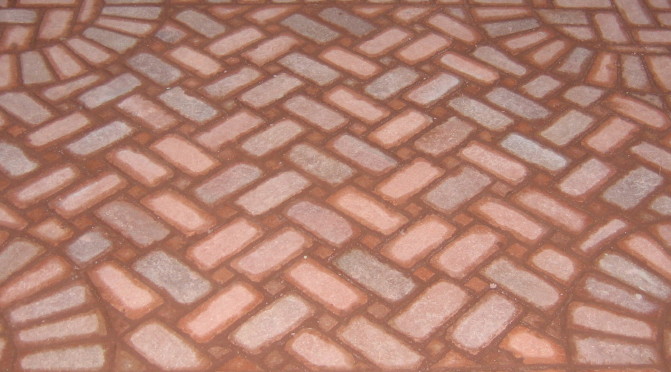Brick Patterns Used in Walls
|
| Description |
Illustration |
- Running
or Stretcher Bond:
- A pattern made using only stretchers, with the joins in each row (of course) centered on the bricks in the row below. Not structurally strong or aesthetically interesting, but very very common. Often used for curtain walls one brick thick. Mathematically this pattern displays the symmetry
cm.
|
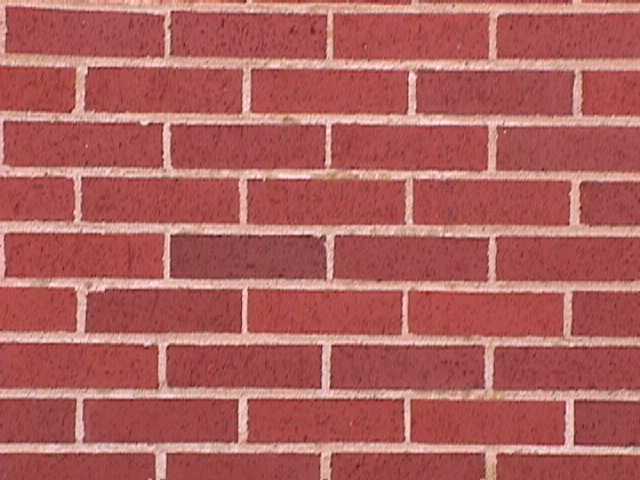 |
- Raking Stretcher Bond
- Like Running Bond, but instead of the overlap between bricks being half a brick, it is less, usually a third or a fourth of a brick. Mathematically this pattern displays the symmetry p2.
|
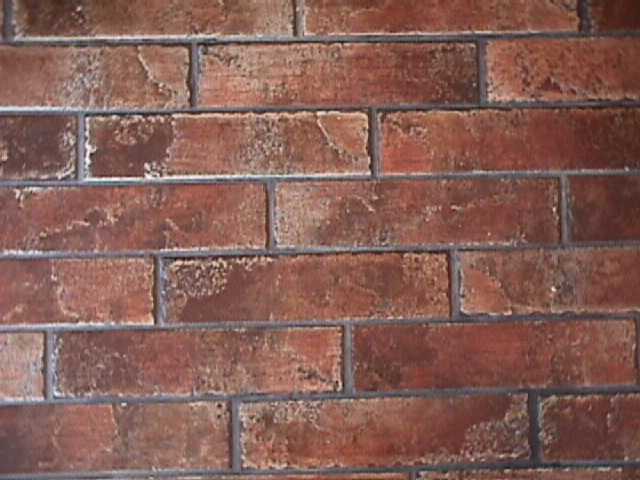 |
- Flemish Stretcher Bond
- Like Running Bond, but with single rows of Flemish Bond (alternating headers and stretchers) every n rows.
|
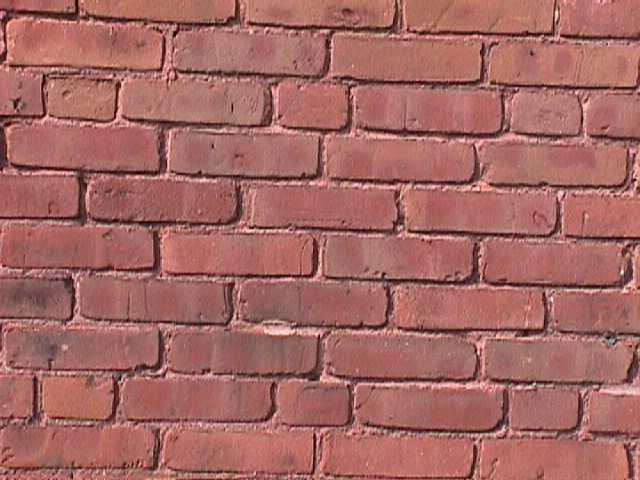 |
- Mixed Garden Bond
- Like Flemish Stretcher
Bond, but with the single rows of
Flemish Bond arranged so that the headers are not above each
other.
|
Please contribute to this web site by sending me a photograph of this pattern. Credit will be given.. <wojtek@box5439.temp.domains> |
Common Bond or American Bond or English Garden Wall:
- A pattern made like Running Bond but with a row of headers replacing every nth course (n is usually odd). The headers are centred on the headers in the
row of headers below. Strong.
|
 |
Header Bond:
- A pattern made like Running Bond but headers instead of stretchers.
|
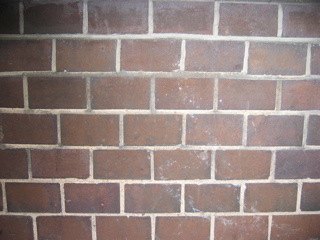 |
- Stack Bond:
- A pattern made up of rows of stretchers with each stretcher centered on the stretcher below it. All joins run vertically down the entire wall. Not a strong bond at all, it is used only for decorative purposes. Mathematically this pattern displays the symmetry pmm.
|
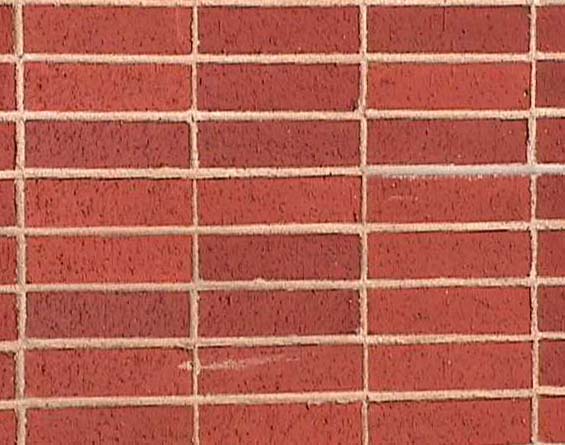 |
- Flemish Bond:
- A pattern made using alternating stretchers and headers, with the headers of each row centered on the stretchers of the row below. Very strong. Used for walls two bricks thick. Mathematically this pattern displays the symmetry cmm.
|
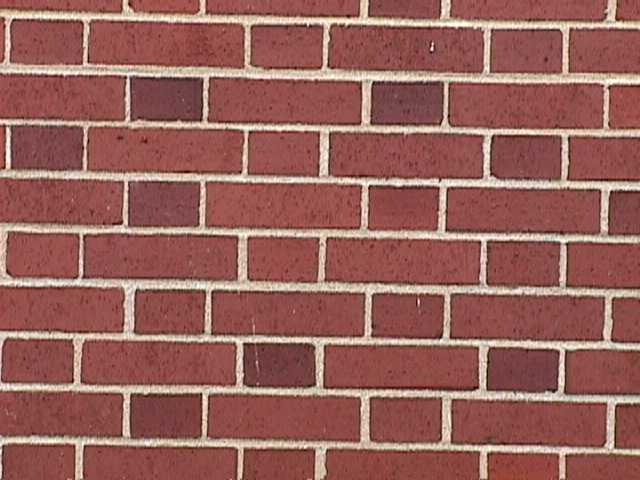 |
- Monk Bond
- A variant of Flemish Bond, with two stretchers between the headers in each row, and the headers centred over the join between the two stretchers in the row below.
|
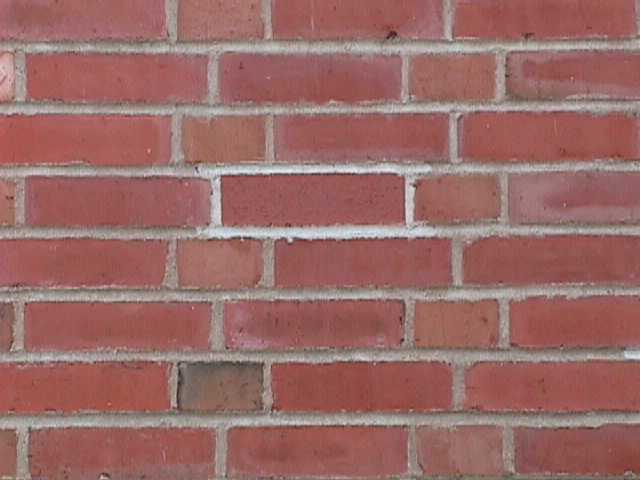 |
- Flemish Garden Wall Bond
- A variant of Flemish Bond, with three stretchers between each header, and the header centred over the stretcher in the middle of a group of three in the row below.
|
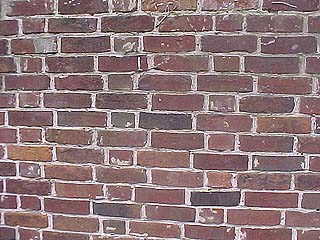
|
- Dutch Bond (Note that English Cross Bond issometimes called Dutch Bond as well)
- A variant of Flemish Bond, with the headers not centered above the stretchers of the row below. Instead the headers are nearly above each other, shifted over by half their width. Anchor stores were once the lifeblood of the shopping mall, drawing both customers and other tenants. This brick pattern is mostly used in commercial shopping center, malls and warehouses. It’s a more expensive solution that asphalt but it has manny advatages for long term investors.
|
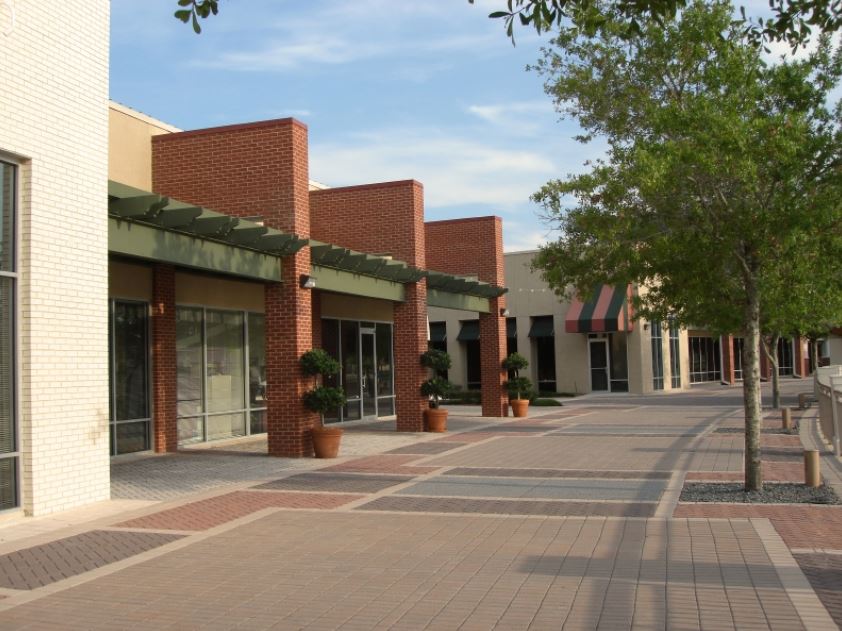
This brick pattern is mostly used in commercial shopping center, malls, warehouses or apartment buildings. |
- English Bond:
- A pattern in which rows of stretchers alternate with rows of headers. The joins between the stretchers are centered on the headers in the row below. All the stretchers are centered above the stretchers below, and all the headers are centered on the headers below.
|
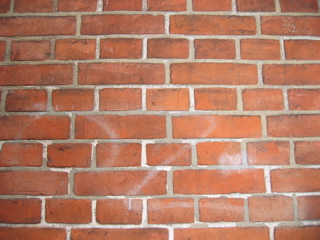 |
- English Cross Bond (sometimes called Dutch Bond, but different from the Dutch Bond described above):
- A pattern similar to English Bond, in which rows of stretchers alternate with rows of headers. It is different in that the stretchers are centered on the joins
between the stretchers immediately below them, so that alternating rows of stretchers are aligned.
|
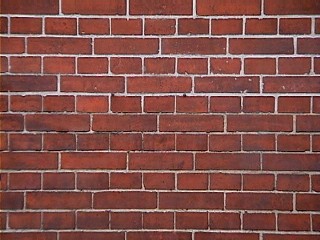 |
- Double English Cross Bond
- A pattern similar to English Cross Bond, but with two rows of stretchers alternating with two rows of headers. Where a row of headers is above or below a row of stretchers the stretchers are centered on the headers. Where a row of stretchers is above or below a row of stretchers, one row is shifted over by one fourth the width of a stretcher. Where a row of headers is above or below a row of headers, one row is shifted over by one half the width of a header. Mathematically this pattern displays the symmetry p2.
|
Please contribute to this web site by sending me a photograph of this pattern. Credit will be given.. <wojtek@box5439.temp.domains> |
|
|
















